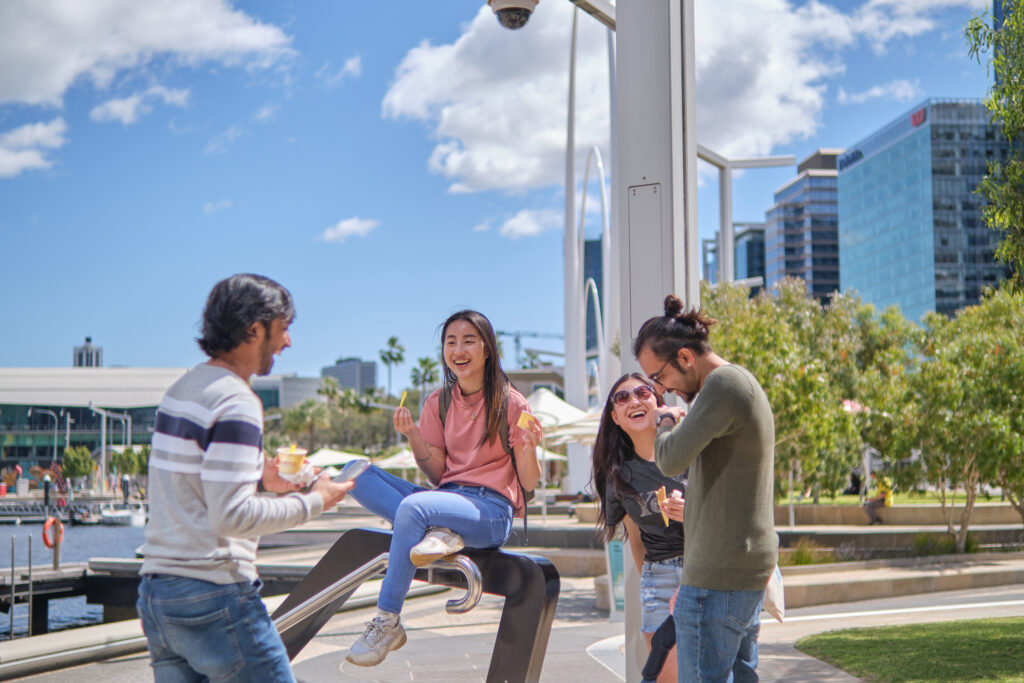Different cultures have different learning styles, but today, the world is globalized.
Classrooms are filled with people from all around the world and whenever a student enters a classroom in a different country, it’s certain that they will have to adapt to new ways of learning and being assessed.
In Australia, there are certain aspects of the learning culture that every international student should know about.
1. Plagiarism is not allowed
Plagiarism: ‘The practice of taking someone else’s work or ideas and passing them off as one’s own.’
As you can see, plagiarism is a pretty straightforward concept. The problem is, what is considered to be plagiarism in one country’s schools, can go unnoticed in another.
You might not have the intention of pretending that someone else’s work is yours, but in Australia, using other’s work is seen as a kind of stealing, as ‘academically dishonest’ and you can get expelled for doing it.
Every school will have a plagiarism policy – so make sure you track down yours and read it carefully.
None of this is to say that you can never mention anyone else’s work in your assignments, but rather that when you do, you must always reference it properly. Which brings us to the next important thing…
2. Referencing
Referencing (or citation) is directly related to avoiding plagiarism and it’s an essential skill for every student and working professional. Referencing is simply a way of pointing out in an assignment, where an idea has come from – who said it originally and where you found it.
There are many different styles of referencing. Some examples are Harvard Referencing, AGLC (Australian Guide to Legal Citation), Chicago or APA (American Psychological Association).
Every school will have their own rules about referencing and, every course (or even particular teachers) will have their own rules about which style you should use. When you start a new school or course, find out which referencing method you’re required to use and follow the style guide exactly.
3. Working in groups
Australian schools and workplaces consider the ability to work well within a team to be an absolutely essential skill. Almost no matter what you study, at some point you’ll find yourself doing a group assignment. Even local students who are used to group assignments find them stressful, so if you’ve never done them before you might find it a challenge.
In group assignments, your grade depends on not just your own work but the work of others. How well your team performs is influenced by the way that you manage to communicate and achieve goals together. There’s a lot that can go wrong but, a lot to learn as well.
There’s been a great deal of research into what makes a team work well together. For example, tech giant Google conducted a several-year-long research project to determine what makes a team productive. They found that; dependability, structure and clarity about roles and plans, feeling psychologically safe and knowing that your work will have an impact and has meaning, were the common traits of high performing teams.
Google is consistently ranked one of the best companies in the world to work for, so they’re probably onto something. To learn more, check out our guide to succeeding in group assignments.
4. Independent thinking
Australian schools value original thinking very highly. The learning style here encourages innovation, creativity and critical thinking in all subjects – from engineering to communications. Teachers here are not just impressed by the memorization of textbooks. Rather, students are expected to apply independent, critical analysis and participate in debates and discussions.
Most tutorials or seminars are organized to allow for students to do just that. In some educations systems, however, tutorials and seminars don’t exist at all and students only ever attend lectures.
For that reason, these kinds of classes can be scary for those who aren’t used to them. Research has shown that students from Confucian heritage cultures, for example, can find this practice very different to what they’re used to in their native education systems. But, it’s also true that students from different cultures can adapt and learn to succeed in their new environments very quickly.
While it may feel new to some, there’s no reason to worry. Tutorials are a space safe and are designed to allow students to challenge the ideas of others (politely of course).
This practice of questioning other people’s work – even that of teacher’s and academics is part of a broader cultural aspect of Australian culture – low power distance.
5. Low power distance
In cultural dimension theory, certain cultures have been identified as ‘high power distance’ or ‘low power distance’ cultures.
Power distance is, ‘the extent to which the less powerful members of institutions and organisations within a country expect and accept that power is distributed unequally.’ – Geert Hofstede
In high power distance cultures, the power of people in positions of authority – teachers for example – is accepted by those with less authority.
In low power distance cultures, individuals are more ready to question authority and be participants in decision-making processes.
You can see where your country sits on the power distance scale here.
Australia is very much a low power distance culture. In the classroom, this means that many teachers can be addressed by their first name, that students are welcome to challenge ideas and also that, if you ever have an issue with your educations provider, it’s encouraged that you make your grievance known.
6. Assignments, not exams
Many subjects in Australia will allocate more percentage of your grades to the completion of assignments and essays, rather than to your exams. Many students find that they like this arrangement – it allows students time to perfect assessment pieces at home, rather than having to get everything right in a single 2-hour exam.
This arrangement also means that time management becomes really important. Over the course of a semester, you’ll probably have many assignments and deadlines. The types of assessments you do will vary, but by far the most popular kind with Australian teachers is the essay – you’ll definitely be an expert at these by the time you finish an Aussie degree.
We hope this has helped you understand how the Australian educational culture sits in relation to others.





